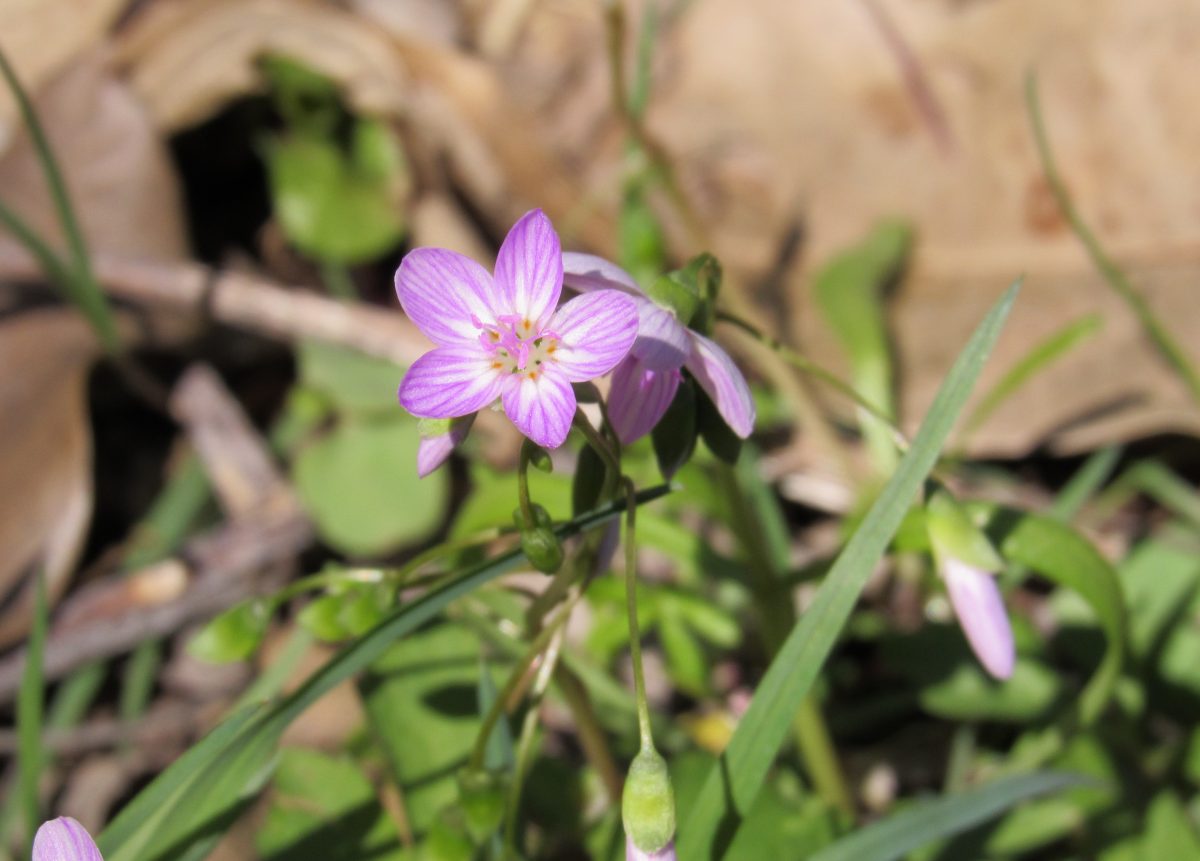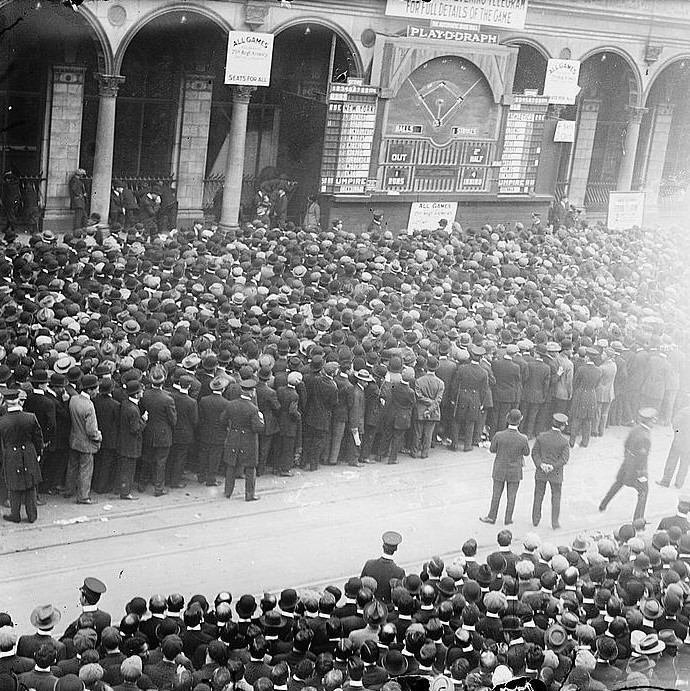Jared Gorrell
Lamp Editor
In the woods every year, an explosion happens. This is not a firey explosion of pyrotechnics, but it is equally bright and beautiful in its own way. It is the explosion of spring ephemerals. An ephemeral is a special kind of plant that blooms for a short time, then dies away. Tulips, daffodils, and crocuses are ephemerals grown in gardens. However, here in Illinois we have our own ephemerals, designed to grow, flower, and set seed just before trees leaf out in the spring. Unlike the bulbs we grow in our garden, most Illinois woodland ephemerals are dicots, a different group of plants Other plants may keep their leaves after spring, but they, too, participate in the spring wildflower show. Once the leaves come on the trees, the show fades away with the light, and the woods become their shadowy self. The explosion ends, to be renewed again next year.
Here are some of the plants you might see:
Spring Beauty
Spring Beauties are our most common woodland flower, turning many of our parks white and pink in spring. Every plant has slight variations in its flowers, ranging from pink and deeply veined to pure, unveined white.
Dutchman’s Breeches
Dutchman’s Breeches, one of our most humorously named wildflowers, are so called because early English settlers thought that the inflated flowers looked like the pants, or breeches, of Dutch settlers. This ephemeral is closely related to the garden flower Bleeding Heart.
Blue-eyed Mary
Technically this plant can’t be found near Springfield, but look at those flowers and tell me again they cannot be on this list! Blue-eyed Mary plants are annuals, only blooming for one spring before dying. They grow along creeks and in lowland areas.
Bloodroot
Bloodroot is named for the sap in its roots, used to produce a red dye. However, as this dye is toxic, it would be best to let the plant grow and admire its flowers.
Trillium
In trillium, the various parts of the plant, the petals, sepals, and leaves, are all in threes. This unique symmetry is one reason I enjoy finding trilliums. Another interesting fact about trilliums is that they take, on average, seven years to flower from seed. As a result, trillium do not grow fast or spread quickly. If you find trillium in the woods, let them be.
Trout Lily
Also called Dogtooth Violet, Trout Lilies are neither lilies nor violets. However, they do get a lot of common names, including adder’s tongue, yellow snowdrop, and fawnlily. They grow in colonies, with only a limited number of plants within that colony blooming each spring.
Violets
Fun fact- not all violets are violet. Violets can be yellow, white, purple, pink, green, or a mix of all of the above. Violets, especially the pictured Common Blue Violet, actually bloom all year long. They produce showy, pollinated flowers in the spring and often again in the fall. During the summer, they have unopened flowers that produce seeds genetically identical to the parent plant. With all their different flower types, violets have managed to self-sow themselves all across our landscapes.
Phlox
There are many species of Phlox, some of which bloom in the summer in our gardens. However, the most common wild species seen locally is the Woodland Phlox, a light-blue flowered plant that is one of the later woodland plants to flower in the spring.





